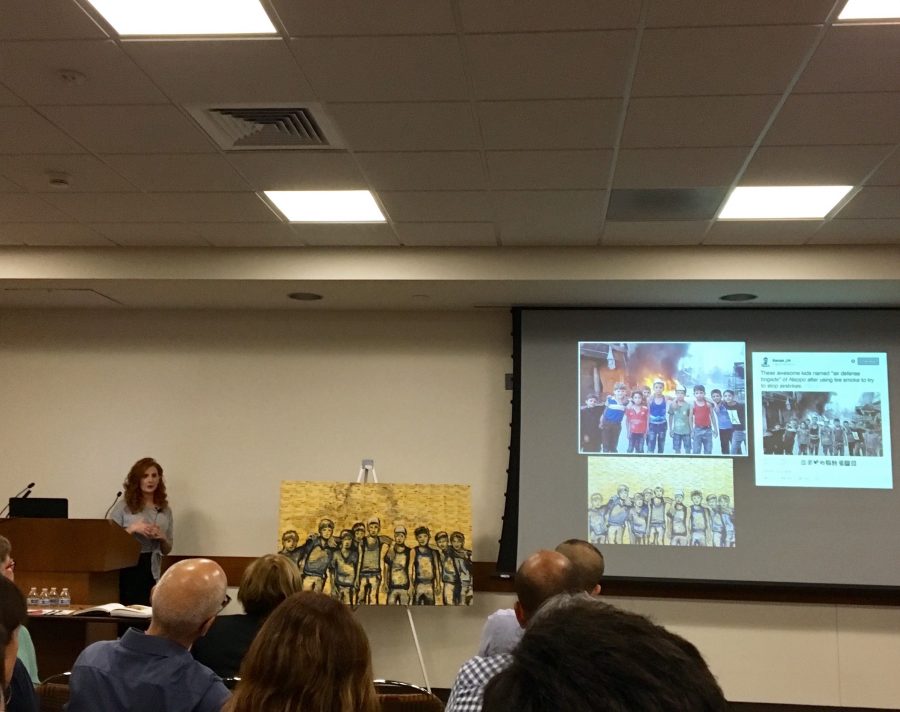
“In Argentina, 8,000 people die in traffic accidents every year” reads a helpful intertitle at the beginning of Director Pablo Trapero’s neo-noir “Carancho.” This Snapple fun fact is exploited by a disbarred attorney-turned-ambulance-chaser Sosa (Ricardo Darin) as he represents the families of impoverished auto accident victims — only to pocket most of the resulting auto insurance settlements. Through the connections of his ominously named employer, “The Foundation,” Sosa reveals a web of kickbacks and referrals that implicate entire hospitals in the scheme to screw victims.
The one hospital employee left untainted by the filthy insurance lucre is the mousy paramedic Luján (Martina Gusman). After Sosa runs into Luján at the scene of an accident, she succumbs to his wily charms and sweet pickup lines such as “I don’t do malpractice.” Sexual chemistry ensues.
Sosa, per the requirements of the noir genre, reveals precious little background information to his new lover. Instead, Sosa tells her that, with his soon-to-be reinstated legal license, finally his luck has changed and his employment with “The Foundation” will be complete. However, when he takes one last client, a friend who unexpectedly dies after a staged auto accident, Sosa’s conscience gets the best of him as he signs the full payment to his friend’s widow — much to the chagrin of his employer. Conflict of the “just when I think I’m out, they pull me back in” variety develops when “The Foundation” hunts Sosa down for the lost revenue. With Luján as his moral compass, Sosa attempts to atone for his past by stealing clients away from “The Foundation” in order to represent them fairly. Yet, when his former coworkers begin to threaten Luján, Sosa’s moral compass points him toward a head-on collision with “The Foundation.”
From the antihero whose one moral action becomes his biggest liability to the conspiratorial network hell-bent on stopping him, “Carancho” stays true to the standard tropes of film noir. And while the film attempts to inject social commentary regarding the exploitation of the poor into its narrative, “Carancho” works best when fully committing itself to its genre. Trapero fittingly sets the pace of the film like a car crash complete with long slow sequences, punctuated by shocking outbursts of violence. The claustrophobic, handheld camera shots rarely revealed a person head-to-toe in a single frame, but instead, uses close-ups of the characters’ body parts — treating them like postmortem specimens in a forensic report.
Despite the dimly lit streets and perpetual nights that permeate the film, “Carancho” remains a bright spot among the wasteland of films released last month.






